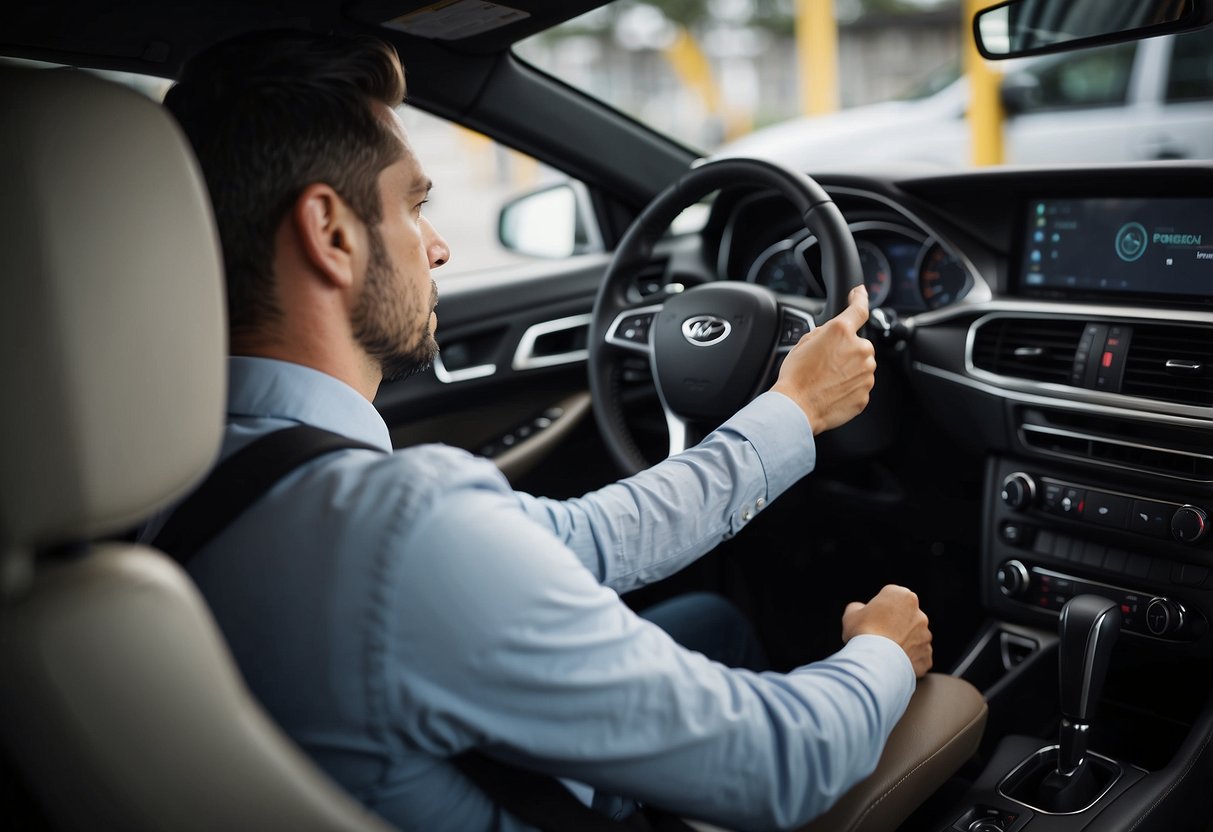
The Role of Telematics in Safety
Telematics combines telecommunications and informatics to enhance vehicle safety. It uses GPS and onboard diagnostics to monitor driving behavior. This data can then be analyzed to provide insights into driver habits, which can improve safety measures.
Telematics systems track speed, braking patterns, and even seatbelt usage. This information helps to identify risky behaviors. By addressing these, drivers can significantly reduce the chances of accidents.
Some telematics systems also include real-time alerts. For instance, if a driver exceeds speed limits, an alert can remind them to slow down. This immediate feedback helps in preventing unsafe driving practices.
Insurance companies use telematics to offer usage-based insurance. Drivers with safer driving habits could benefit from lower premiums. This creates an incentive for adopting safer driving behaviors.
Additionally, telematics aids in emergency response. In the event of an accident, the system can automatically notify emergency services with the vehicle’s location. This ensures quicker assistance, potentially saving lives.
Telematics also supports fleet management. Companies can monitor their vehicles in real-time, ensuring that their drivers adhere to safety protocols. This is particularly useful for commercial transportation, enhancing overall safety levels.
Integration with other safety features, such as advanced driver-assistance systems (ADAS), amplifies safety benefits. Telematics can work in conjunction with lane-keeping assist, collision avoidance, and other technologies to provide a comprehensive safety solution.
Lighting and Visibility Improvements
Modern car safety benefits significantly from advancements in lighting and visibility technologies. Key innovations include LED and adaptive headlights and automatic high beams. These features enhance driver visibility and improve road safety, particularly in low-light conditions.
LED and Adaptive Headlights
LED headlights offer increased brightness, energy efficiency, and longevity compared to traditional halogen bulbs. They emit a whiter light that closely mimics daylight, improving visibility for the driver and making the vehicle more noticeable to other road users. Adaptive headlights take this a step further by adjusting the direction and intensity of the light beam according to driving conditions, such as steering angle and vehicle speed. This dynamic adjustment allows for better illumination of the road ahead in various situations, like winding roads or adverse weather, thereby reducing the risk of accidents.
Automatic High Beams
Automatic high beams use sensors to detect the headlights or taillights of other vehicles, switching between high and low beams as necessary. This ensures optimal lighting without blinding other drivers. By allowing the driver to focus more on the road rather than manual headlight adjustments, this feature enhances safety. Advanced systems can even adjust the beam pattern to maintain high-beam illumination in areas without traffic, while dimming specific sections to avoid dazzling other drivers. This smart lighting technology improves overall night driving safety by offering maximum visibility when appropriate.
Emerging Technologies in Car Safety
Recent advancements in automotive technology aim to enhance driver safety and reduce accidents. These innovations include communication among vehicles, augmented reality, and wearable tech integration.
V2V and V2I Communication
Vehicle-to-Vehicle (V2V) and Vehicle-to-Infrastructure (V2I) communication systems are revolutionizing road safety. V2V allows cars to share important data such as speed, location, and direction with each other. This can help prevent collisions by alerting drivers to nearby hazards. For instance, if a car ahead suddenly brakes, the following cars will receive instant alerts, giving drivers more time to react.
V2I communication extends this concept to include interactions between vehicles and traffic signals, streetlights, and road signs. Smart infrastructure can guide vehicles through traffic efficiently, reducing congestion and incidents. It can also provide updates on road conditions or construction zones, ensuring drivers are well-informed.



